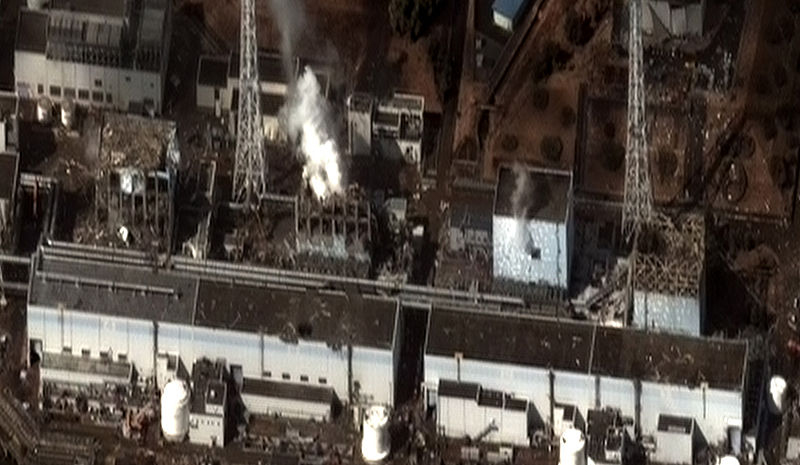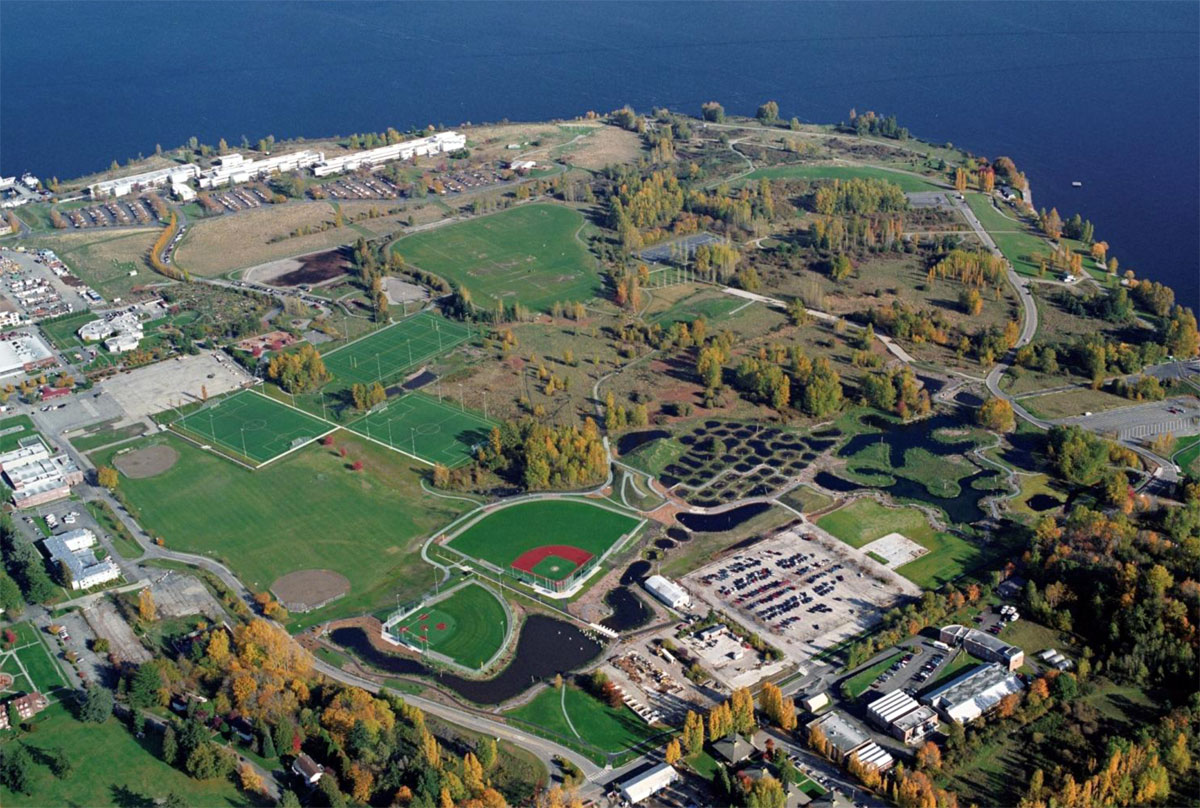I have posted many blog entries and links that dealt with the ongoing situation at the site of the Fukushima nuclear disaster in Japan. There has been some progress in removing some debris and analyzing what has happened and what is happening. There are still many important unanswered questions. Critics continue to accuse TEPCO of not being forthcoming with complete information about what is occurring at Fukushima.
During the disaster in March of 2011, the cores of the Unit One, Two and Three reactors melted down into the Earth under the nuclear power plant. It is unclear exactly where they are and what state they are in but there have been emissions of steam recently that indicates that something underground is still very hot. Large volumes of water are still being pumped underground in the vicinity of the three melted cores to cool them. There is some evidence that the contaminated cooling water is draining into the Pacific Ocean. Various schemes have been proposed to prevent this such as building an underground wall between the reactor cores and the ocean.
Radioactive water known as tritium has been detected coming from the area of the cores. Tritium emits beta particles (energetic electrons) that can pose a danger to the health of any living creature that consumes water containing tritium. Beta particles can damage DNA and cause cancer. The tritium levels in the ocean off Fukushima have recently been rising. With a half-life of 12 years, the tritium from Fukushima can be carried across the ocean to North America. Evaporating into the atmosphere and raining down on the West Coast of the United States, the tritium could enter the food supply and threaten public health.
Even more problematic is the possibility of reactions that could generate sufficient hydrogen gas to trigger an explosion more powerful than the one that demolished the Unit Three reactor building and severely damaged the Unit Four reactor building. The Unit Four building has been reinforced but a huge explosion nearby might empty the water in the spent fuel pool on the fourth floor of the Unit Four building and ignite the spent fuel rods in the pool. This would inject a huge amount of radioactive materials into the atmosphere which would be carried around the entire northern hemisphere by air currents.
While it is still not clear what will be required to actually clean up and decommission the Fukushima site, estimates run to decades and hundreds of billions of dollars. There is a furious debate going on right now in Japan with respect to restarting their fifty four reactors. The new Japanese Prime Minister is traveling around the planet trying to promote the sale of Japanese nuclear reactor technology. Viet Nam and Japan are currently discussing the construction of a new reactor by the Japanese in Viet Nam. I think that it may be a trifle premature for Japan to be exporting their nuclear technology until they clean up Fukushima.



